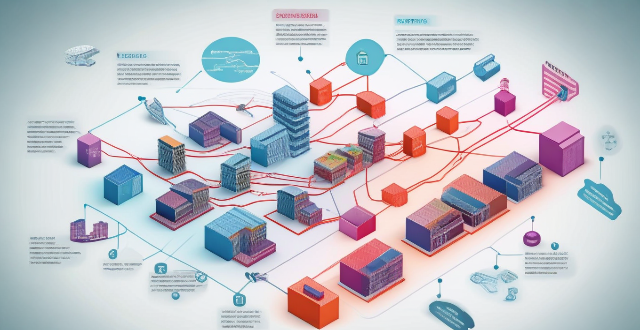Server location is crucial for optimizing network performance, as it affects latency, network reliability, and data transfer times. By locating servers closer to users, organizations can reduce the distance that data has to travel, resulting in fewer hops and less time spent in transit. This leads to reduced latency, faster load times for websites and applications, and improved video conferencing or gaming experiences. Additionally, having servers located near users can help reduce network congestion and improve overall network reliability. Therefore, organizations should consider server location when designing their networks and choosing hosting providers.

The Significance of Server Location in Optimizing Network Performance
Server location plays a crucial role in optimizing network performance. The closer the server is to the user, the faster the data transfer and the lower the latency. This is because the distance that data has to travel is reduced, resulting in fewer hops and less time spent in transit. In addition, having servers located near users can help reduce network congestion and improve overall network reliability.
Key Points
- Reduced Latency: The closer the server is to the user, the faster the data transfer and the lower the latency.
- Improved Network Reliability: Having servers located near users can help reduce network congestion and improve overall network reliability.
- Optimized Data Transfer: The distance that data has to travel is reduced, resulting in fewer hops and less time spent in transit.
How Server Location Affects Network Performance
1. Reduced Latency
Latency refers to the delay between the sending of a request and the receipt of a response. When a server is located far from the user, latency increases due to the increased distance that data has to travel. This can result in slower load times for websites and applications, as well as poorer quality video conferencing or gaming experiences. By locating servers closer to users, latency can be reduced, resulting in faster load times and better overall performance.
2. Improved Network Reliability
When servers are located near users, network congestion can be reduced. This is because there are fewer hops between the user and the server, which means that there is less chance for packet loss or other issues that can cause delays or downtime. Additionally, if one server becomes overloaded or goes down, traffic can be quickly rerouted to another nearby server without causing significant disruption to users.
3. Optimized Data Transfer
The distance that data has to travel between the user and the server affects how quickly it can be transferred. When servers are located closer to users, data transfer times are reduced because there are fewer hops involved in the process. This results in faster load times for websites and applications, as well as improved video conferencing or gaming experiences.
Conclusion
In conclusion, server location plays a crucial role in optimizing network performance. By locating servers closer to users, latency can be reduced, network reliability can be improved, and data transfer times can be optimized. As such, it is important for organizations to consider server location when designing their networks and choosing hosting providers.